Is your grass diving horse the most annoying in Spring? When the grass is lush and green and enticing? Is that when you think about teaching your horse to Stop Grazing on cue? Start today! Any day is better than Spring in full action!
Read Grass Training step 1 here.
Spring Problems
Do you know why this is the most challenging time of year to start Grass Training? Right: when you need it the most!
It’s also when you need it, it’s hard(er) to take the time to train it and practise patience!
It’s also the hardest time of year for your horse: when the grass is like candy, sweet and juicy and their body’s want to store energy for court shipping, breeding and maybe even already for Winter.
Horses just can’t help themselves and then they have to deal with being pulled on their lead ropes all the time. Struggling between their owner, who they love, and juicy sweet grass which they love a bit more.
Southern hemisphere
If your living in the Southern hemisphere you might think this is not the time to start Grass Training. Winter is coming and you have other things on your mind…
I’ll let you in on a little secret: it would be the Best Time of the year! You can start with less enticing grass (or even hay!) and make the Stop Grazing behaviour already a strong habit then when the grass starts to grow YOU are prepared and your horse won’t even try to dive into grass.
Most important for Grass Training your Horse
In my previous blog I wrote about why positive reinforcement (R+) is the best way to teach your horse to Ignore Grass-cue, Stop Grazing-cue and a Graze Now-cue.
Step 2 is: Start before you need it! If you can… Just like all other training, start before you need it. Sounds unbelievable?
Grass Training works! Even for EMS horses on restrictive diets!
The year after I perfectionate my 100% R+ approach to grass training, Kyra got Equine Metabolic Syndrome. And, laminitis. I had to exercise her AND put her on a restrictive diet. Vet’s orders!
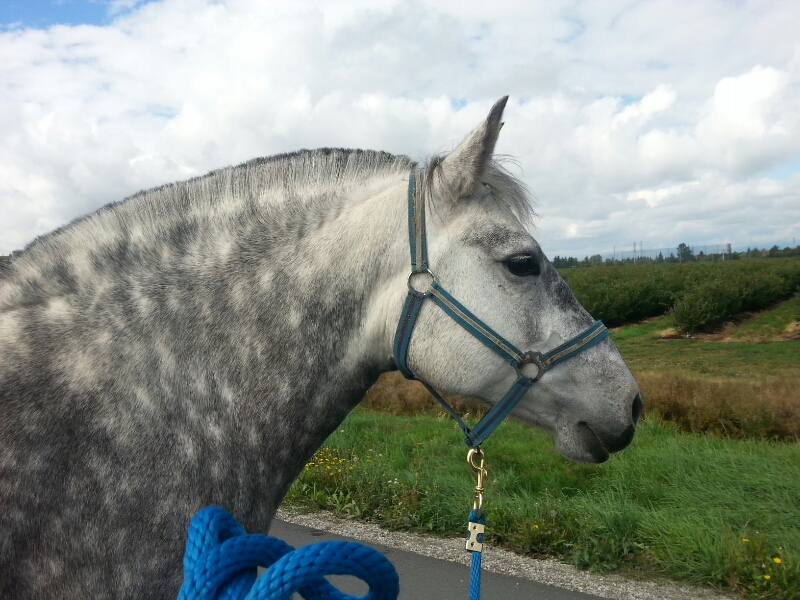
She went from 12 hours of pasture with friends to 24 hours solitary confinement. During the day she lived in a small paddock and at night in a stall, just like the other horses.
I had to hand walk her over the road at the end of Summer when the grass was just about to do another grow spurt… See picture left: Kyra with her special boots, offering Key Lesson Patience so I can make a picture. She’s ignoring the grass!
I was so afraid that I would have to struggle with a grass diving, hungry horse. I worried that I had to battle a tug of war over grass and that I would loose. I was already in pain, seeing my horse suffering. It wasn’t the case!
Kyra was so good near the grass It was truly amazing!

R+ Grass Training offers lasting Results!
Honestly, I couldn’t believe that I still reaped the benefits of the grass training we did that year before! Kyra didn’t pull me towards the grass and in the moments it did happen (occasionally) I cued her to stop and she listened! Once you a behaviour becomes a habit, it will be very, very strong!
Video: Before and After Grass Training
Start today!
Start today, making ‘heads up’ a habit on grass! You never know when this comes in handy!
Join me in Grass Training if you want to get rid of the grass diving. I show you how you can teach your horse to ignore grass, teach a Stop Grazing-cue and make this a great training for your horse and for you: both get what you want! How does that sound?
Click here to buy the Grass Training course and start today!
Happy Horse training! You are the Trainer! I believe in you!
Sandra
Want to start today?
Here is a great resource for you: my online course Grass Training that helps you train your horse to behave on grass: leading, riding and at liberty will be easy with a Grass Trained Horse. This is what people say about the course:

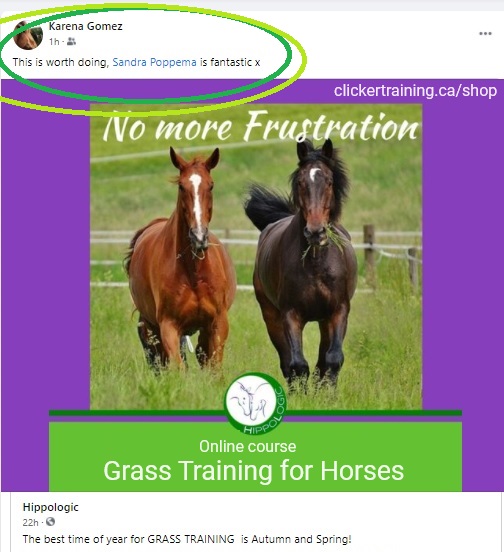
Grass Training course




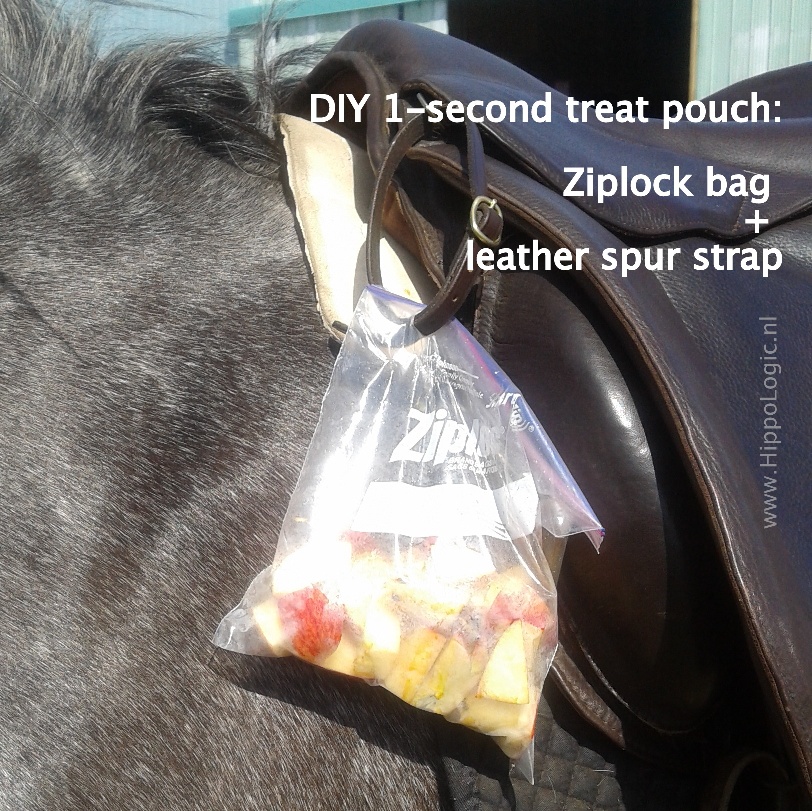
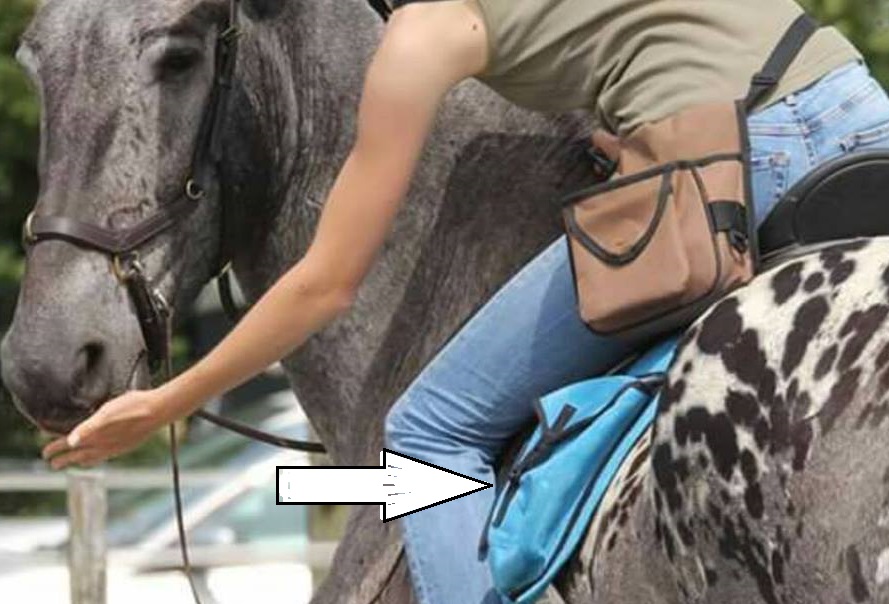
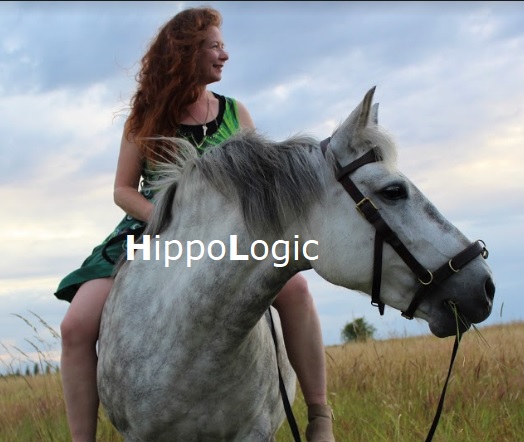

 Sometimes your riding instructor is a part of your Success Team, but only if he or she knows what your dream is. You have to share your dream so your accountability partner can help you keep on track.
Sometimes your riding instructor is a part of your Success Team, but only if he or she knows what your dream is. You have to share your dream so your accountability partner can help you keep on track. If it comes to accomplishing your equestrian dreams, no one is pushing you every day to take a small step towards your goal.
If it comes to accomplishing your equestrian dreams, no one is pushing you every day to take a small step towards your goal. Do you remember what you wanted when you got your horse? What did you wanted more than anything out of that relationship? Even if you forgot about your dream or someone talked you out of it, I can help you retrieve that dream.
Do you remember what you wanted when you got your horse? What did you wanted more than anything out of that relationship? Even if you forgot about your dream or someone talked you out of it, I can help you retrieve that dream. Share your equestrian dreams in the comments. I love to hear about yours!
Share your equestrian dreams in the comments. I love to hear about yours!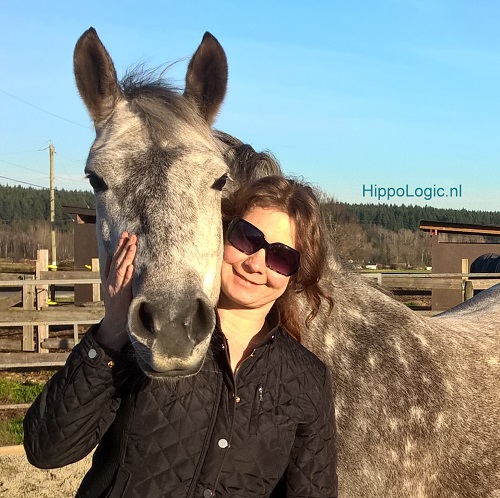
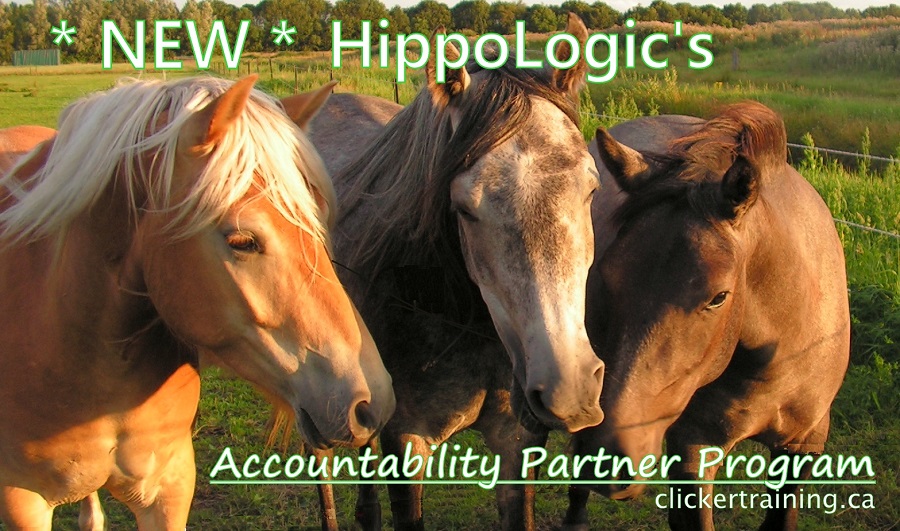


 I wanted Kyra to be an all round horse. A calm, comfortable and agile trail riding horse to feel safe where ever we go, a wonderful demo horse to give demonstrations positive reinforcement training or give an exciting show with. I wanted her to be strong and prepared to carry a rider, so there is where the dressage exercises (long reins and later under saddle) come in: to help her carry a rider in a comfortable way. I also would like her to be a lesson horse to teach riders to use subtle cues instead of commands. Above all I wanted a horse to connect with.
I wanted Kyra to be an all round horse. A calm, comfortable and agile trail riding horse to feel safe where ever we go, a wonderful demo horse to give demonstrations positive reinforcement training or give an exciting show with. I wanted her to be strong and prepared to carry a rider, so there is where the dressage exercises (long reins and later under saddle) come in: to help her carry a rider in a comfortable way. I also would like her to be a lesson horse to teach riders to use subtle cues instead of commands. Above all I wanted a horse to connect with.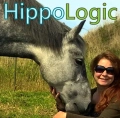 Sandra Poppema, B.Sc.
Sandra Poppema, B.Sc.
 Start at the beginning again with the other hoof because this hoof is a context shift for him. Maybe he is more comfortable because he knows the drill now, maybe this is such a context shift that in his mind it is something completely new. The horse will tell you and over time you will become more and more accurate in predicting his reactions. Your training journal helps you to keep track of changes in your horse.
Start at the beginning again with the other hoof because this hoof is a context shift for him. Maybe he is more comfortable because he knows the drill now, maybe this is such a context shift that in his mind it is something completely new. The horse will tell you and over time you will become more and more accurate in predicting his reactions. Your training journal helps you to keep track of changes in your horse.

You must be logged in to post a comment.